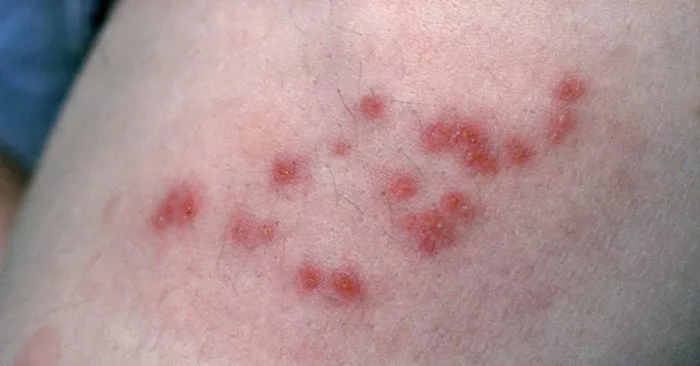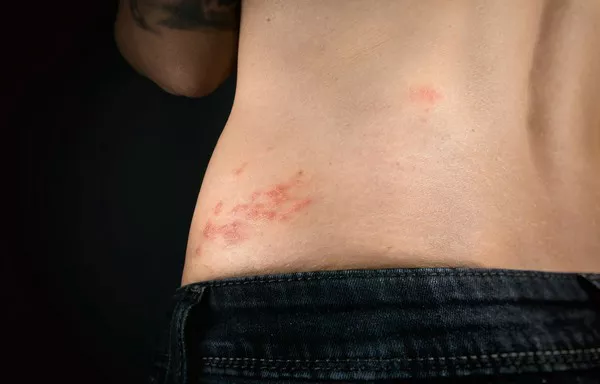Shingles, caused by the varicella-zoster virus (VZV), can be a painful and distressing condition. Beyond the acute phase of the illness, many individuals wonder about the duration and persistence of its aftereffects. The course of shingles and its aftermath can vary widely from person to person, influenced by various factors including age, overall health, and timely treatment. To comprehend how long the after effects of shingles can last, it’s essential to delve into the nature of the virus, the course of the illness, and the potential complications that may follow.
The Initial Phase: Acute Shingles Symptoms
Shingles typically begins with a localized, burning, or tingling pain, often accompanied by a rash that develops into fluid-filled blisters. This phase, characterized by acute pain and discomfort, can last from 2 to 4 weeks. During this time, prompt medical intervention can mitigate symptoms and reduce the risk of complications.
Postherpetic Neuralgia: Lingering Pain After Shingles
One of the most common after effects of shingles is postherpetic neuralgia (PHN), characterized by persistent pain in the area affected by the shingles rash. This pain can be debilitating and may last for weeks, months, or even years after the rash has healed. PHN occurs due to nerve damage caused by the virus during the acute phase of shingles.
The duration and severity of PHN can vary widely among individuals. Older adults are more susceptible to PHN, with pain often lasting longer in this demographic. Effective management of PHN involves a combination of medications, such as anticonvulsants, antidepressants, and topical agents, along with non-pharmacological interventions like nerve blocks or transcutaneous electrical nerve stimulation (TENS).
Other Potential After Effects of Shingles
Aside from PHN, shingles can lead to other complications that may prolong recovery and impact quality of life. These include:
- Skin Changes: Scarring or changes in skin pigmentation can occur at the site of the shingles rash.
- Vision Complications: When shingles affects the eye (herpes zoster ophthalmicus), it can lead to vision impairment or even blindness if not promptly treated.
- Neurological Issues: In rare cases, shingles can cause inflammation of the brain (encephalitis) or spinal cord (myelitis), leading to neurological deficits.
The likelihood of experiencing these complications varies, emphasizing the importance of seeking medical attention for shingles promptly.
Factors Influencing the Duration of After Effects
Several factors influence how long the after effects of shingles may persist:
- Age: Older adults are more prone to developing complications such as PHN.
- Health Status: Individuals with weakened immune systems (due to conditions like HIV/AIDS or undergoing immunosuppressive therapy) are at higher risk of prolonged symptoms and complications.
- Timing of Treatment: Early initiation of antiviral therapy can shorten the duration and severity of shingles and its after effects.
Recovery Timeline and Prognosis
For most individuals, the acute phase of shingles resolves within a few weeks. However, the duration of after effects like PHN can vary significantly. Studies suggest that while PHN may resolve within a few months for some, others may experience persistent pain for a year or more. Timely and comprehensive treatment plays a crucial role in improving outcomes and reducing the duration of after effects.
Management and Support
Managing the after effects of shingles requires a multidisciplinary approach. Treatment plans often include:
- Medications: Anticonvulsants, antidepressants, topical agents, and pain relievers.
- Physical Therapy: Exercises and techniques to improve mobility and reduce pain.
- Psychological Support: Counseling or therapy to address the emotional impact of chronic pain.
- Complementary Therapies: Acupuncture, meditation, or yoga to alleviate symptoms.
Individuals experiencing persistent after effects of shingles should maintain regular communication with healthcare providers to tailor treatment approaches and optimize recovery.
Conclusion
The duration of after effects following shingles can vary widely depending on individual factors and the timely initiation of appropriate treatment. While the acute phase of shingles typically lasts a few weeks, complications such as postherpetic neuralgia can persist for months or even years. Prompt medical intervention, comprehensive management strategies, and ongoing support are essential in alleviating symptoms and improving outcomes for individuals affected by shingles and its after effects.
Related Topics:
























